Scientific name Ulmus pumila Rank Species | Genus Ulmus Higher classification Elm | |
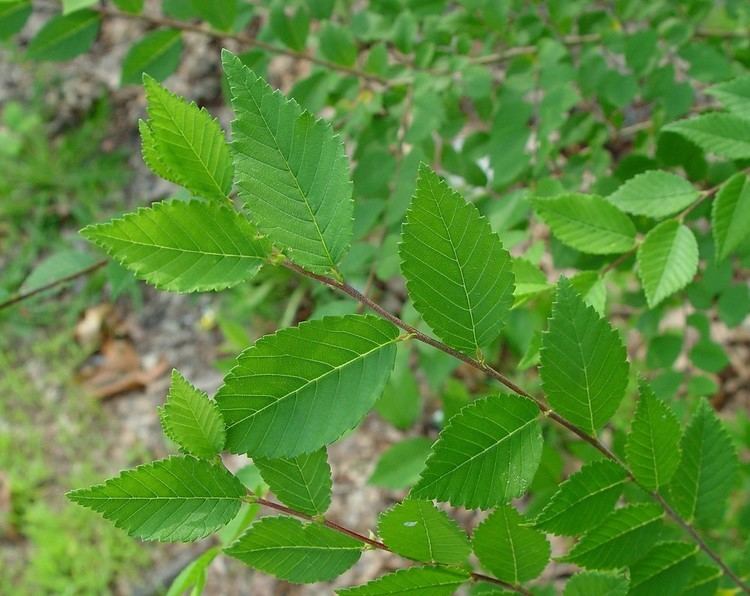 | ||
Similar Elm, Ulmaceae, Ulmus americana, Ulmus minor, Chinese elm | ||
Ulmus pumila the siberian elm it is also known as the asiatic elm
Ulmus pumila, the Siberian elm, is a tree native to Central Asia, eastern Siberia, the Russian Far East, Mongolia, Tibet, northern China, India (northern Kashmir) and Korea. It is also known as the Asiatic elm and dwarf elm, but sometimes miscalled the 'Chinese Elm' (Ulmus parvifolia). It is the last tree species encountered in the semi-desert regions of central Asia. Described by Pallas in the 18th century from specimens from Transbaikal, Ulmus pumila has been widely cultivated throughout the Americas, Asia and, to a lesser extent, southern Europe. It is naturalized across much of the United States.
Contents
- Ulmus pumila the siberian elm it is also known as the asiatic elm
- Ulmus pumila
- Description
- Pests and diseases
- Cultivation and uses
- Food
- Invasiveness and spontaneous hybridization
- Varieties
- Cultivars
- Hybrid cultivars
- Notable trees
- Accessions
- References
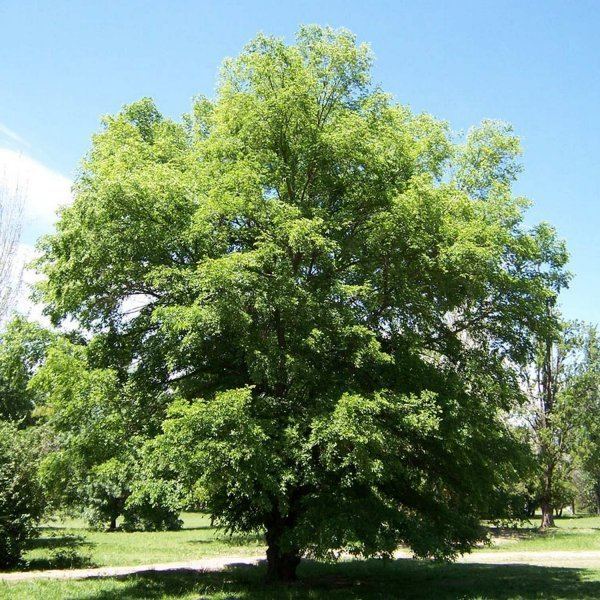
Ulmus pumila
Description
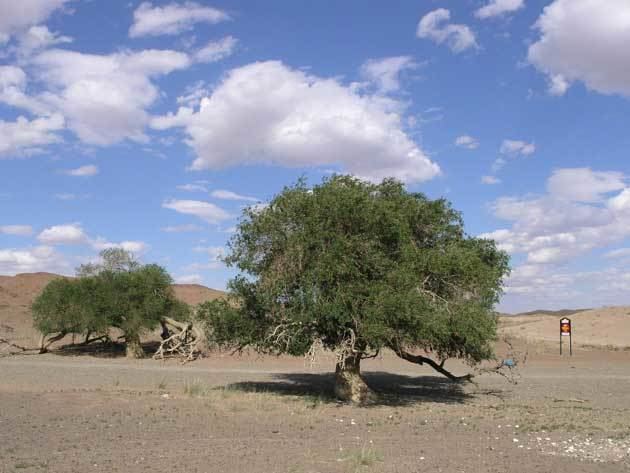
The Siberian elm is usually a small to medium-sized, often bushy, tree growing to 10–20 m (35–65 ft) tall, with a trunk up to 176 cm (69 1⁄4 in) d.b.h. The leaves are deciduous in cold areas, but semi-evergreen in warmer climates, less than 7 cm (2 3⁄4 in) long and less than 3 cm (1 1⁄4 in) broad, with an oblique base and a coarsely serrated margin, changing from dark green to yellow in autumn.
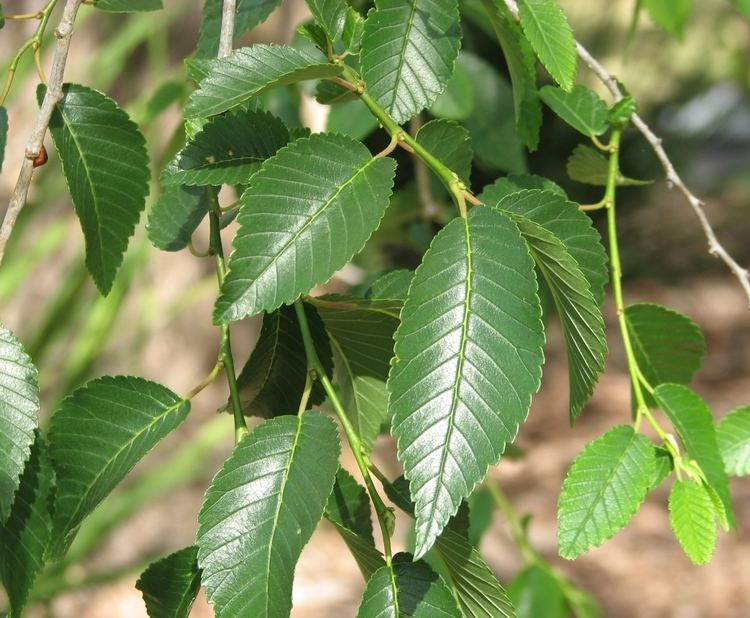
The perfect, apetalous wind-pollinated flowers bloom for one week in early spring, before the leaves emerge, in tight fascicles (bundles) on last year's branchlets. Each flower is about 3 mm (1⁄8 in) across and has a green calyx with 4–5 lobes, 4–8 stamens with brownish-red anthers, and a green pistil with a two-lobed style. Unlike most elms, the Siberian elm is able to self-pollinate successfully.

The wind-dispersed fruit develops in a tan-colored flat, oval samara (seed with a membraneous wing around it) 1–2 cm (3⁄8–3⁄4 in) long by 1–1.5 cm (3⁄8–5⁄8 in) wide, notched at the outer end.
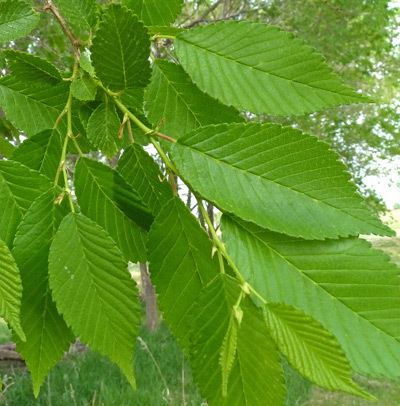
The tree is short-lived in temperate climates, rarely reaching more than 60 years of age, but in its native environment may live to between 100 and 150 years. A giant specimen, 45 kilometres (28 mi) southeast of Khanbogt in the south Gobi, with a girth of 5.55 m in 2009 may exceed 250 years (based on average annual ring widths of other U. pumila in the area).
Pests and diseases
The tree has considerable variability in resistance to Dutch elm disease. Moreover, like many other elms in North America, it is highly susceptible to damage from many insects and parasites, including the elm leaf beetle Xanthogaleruca luteola, powdery mildew, cankers, aphids, and leaf spot. In the Netherlands U. pumila was also found to be susceptible to coral spot fungus Nectria cinnabarina, moreover its flowers, emerging in early February, were often damaged by frost, consequently the species was dropped from the Dutch elm breeding programme. In Italy, the species was also found to have a slight to moderate susceptibility to Elm Yellows. However, U. pumila is the most resistant of all the elms to verticillium wilt.
Cultivation and uses
U. pumila was introduced into Spain in the 16th century, and from the 1930s into Italy. In these countries it has naturally hybridized with the Field Elm U. minor (see below). In Italy it was widely used in viniculture, notably in the Po valley, to support the grape vines until the 1950s, when the demands of mechanization made it unsuitable.
Three specimens were supplied by the Späth nursery of Berlin to the Royal Botanic Garden Edinburgh in 1902 as U. pumila, in addition to specimens of the narrow-leaved U. pumila cultivar 'Pinnato-ramosa' (see Cultivars below). One was planted in RBGE; the two not planted in the Garden may survive in Edinburgh, as it was the practice of the Garden to distribute trees about the city. Kew Gardens obtained specimens of U. pumila from the Arnold Arboretum in 1908 and, as U. pekinensis, via the Veitch Nurseries in 1910 from William Purdom in northern China. The popularity of U. pumila in the Great Britain has been almost exclusively as a bonsai subject, and mature trees are largely restricted to arboreta.
Introduced to the USA in 1905 by Prof. J. G. Jack, and later by Meyer, the tree was initially cultivated at the USDA Experimental Station at Mandan, North Dakota, where it flourished. It was consequently selected by the USDA for planting in shelter belts across the prairies in the aftermath of the Dustbowl disasters, where its rapid growth and tolerance for drought and cold initially made it a great success. However, the species later proved susceptible to numerous maladies. Attempts to find a more suitable cultivar were initiated in 1997 by the Plant Materials Center of the USDA, which established experimental plantations at Akron, Colorado, and Sidney, Nebraska. The study, no. 201041K, will conclude in 2020.
The seeds lose their viability rapidly after maturity unless placed on suitable germination conditions or dried and placed at low temperatures. The species has a high sunlight requirement and is not shade-tolerant; with adequate light it exhibits rapid growth. The tree is also fairly intolerant of wet ground conditions, growing better on well-drained soils. While it is very resistant to drought and severe cold, and able to grow on poor soils, its short period of dormancy, flowering early in spring followed by continuous growth until the first frosts of autumn, renders it vulnerable to frost damage.
As an ornamental U. pumila is a very poor tree, tending to be short-lived, with brittle wood and poor crown shape, but it has nevertheless enjoyed some popularity owing to its rapid growth and provision of shade. The Siberian Elm has been described as "one of the world's worst... ornamental trees that does not deserve to be planted anywhere". Yet in the US during the 1950s, the tree was also widely promoted as a fast-growing hedging substitute for privet, and as a consequence is now commonly found in nearly all states. A better cultivar, the Turkestan Elm, that is seen more often in gardens, and referred to as the 'wonder hedge' (Ulmus pumila celer), being both dense and fast-growing, taking as little as two years to reach fence height.
Food
The unripe seeds have long been eaten by the peoples of Manchuria, and during the Great Chinese Famine they also became one of the most important foodstuffs in the Harbin region. The leaves were also gathered, to the detriment of the trees, prompting a prohibition order by the authorities, which was largely ignored. The leaves eaten raw are not very palatable, but stewed and prepared with Kaoliang or Foxtail millet make a better tasting and more filling meal.
Invasiveness and spontaneous hybridization
In North America, Ulmus pumila has become an invasive species in much of the region from central Mexico northward across the eastern and central United States to Ontario, Canada. It also hybridizes in the wild with the native U. rubra (Slippery Elm) in the central United States, prompting conservation concerns for the latter species. In South America, the tree has spread across much of the Argentinian pampas
In Europe it has spread widely in Spain, and hybridizes extensively there with the native field elm (U. minor), contributing to conservation concerns for the latter species. Research is ongoing into the extent of hybridisation with U. minor in Italy.
Ulmus pumila is often found in abundance along railroads and in abandoned lots and on disturbed ground. The gravel along railroad beds provides ideal conditions for its growth: well-drained, nutrient poor soil, and high light conditions; these beds provide corridors which facilitate its spread. Owing to its high sunlight requirements, it seldom invades mature forests, and is primarily a problem in cities and open areas, as well as along transportation corridors.
The species is now listed in Japan as an alien species recognized as established in Japan or found in the Japanese wild.
Varieties
Two varieties were traditionally recognized: var. pumila and var. arborea, the latter now treated as a cultivar, U. pumila 'Pinnato-ramosa'.
Cultivars
Valued for the high resistance of some clones to Dutch elm disease, over a dozen selections have been made to produce hardy ornamental cultivars, although several may no longer be in cultivation:
Hybrid cultivars
The species has been widely hybridized in the United States and Italy to create robust trees of more native appearance with high levels of resistance to Dutch elm disease:
Notable trees
Roerich describes a specimen discovered on his travels through Mongolia:
We are in the deserts of Mongolia. It was hot and dusty yesterday. From faraway thunder was approaching. Some of our friends became tired from climbing the stony holy hills of Shiret Obo. While already returning to the camp, we noticed in the distance a huge elm tree – ‘karagatch’, - lonely, towering amidst the surrounding endless desert. The size of the tree, its somewhat familiar outlines attracted us into its shadow. Botanical considerations led us to believe that in the wide shade of the giant there might be some interesting herbs. Soon, all the co-workers gathered around the two mighty stems of the karagatch. The deep, deep shadow of the tree covered about 50 feet across. The powerful tree-stems were covered with fantastic burr growths. In the rich foliage, birds were singing and the beautiful branches were stretched out in all directions, as if wishing to give shelter to all pilgrims.The USA National Champion, measuring 33.5 m (109 ft 11 in) high in 2011, grows in Berrien County, Michigan.[8] In the UK the TROBI Champions grow at Thorp Perrow Arboretum, Yorkshire, 19 m (62 ft 4 in) × 70 cm (2 ft 4 in) in 2004, and at St Anne's Well Gardens, Hove, Sussex 20 m (65 ft 7 in) × 60 cm (2 ft 0 in) in 2009.
